Delve into the rich cultural heritage of Korea's national attire, where intricate designs and vibrant colors tell a story of elegance and sophistication.
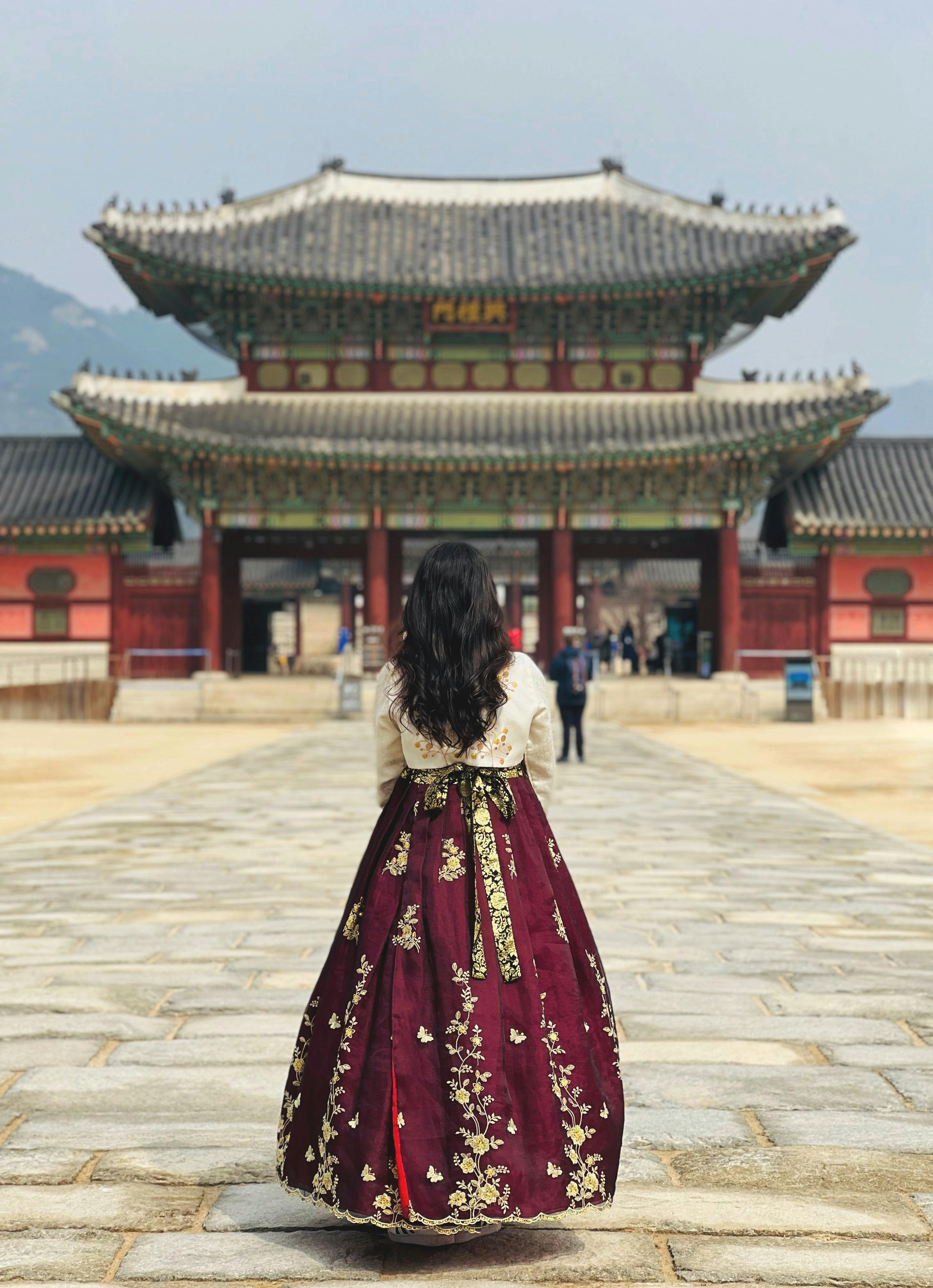
Unraveling the Symbolism and Elegance of Korea's Traditional Hanbok
Introduction
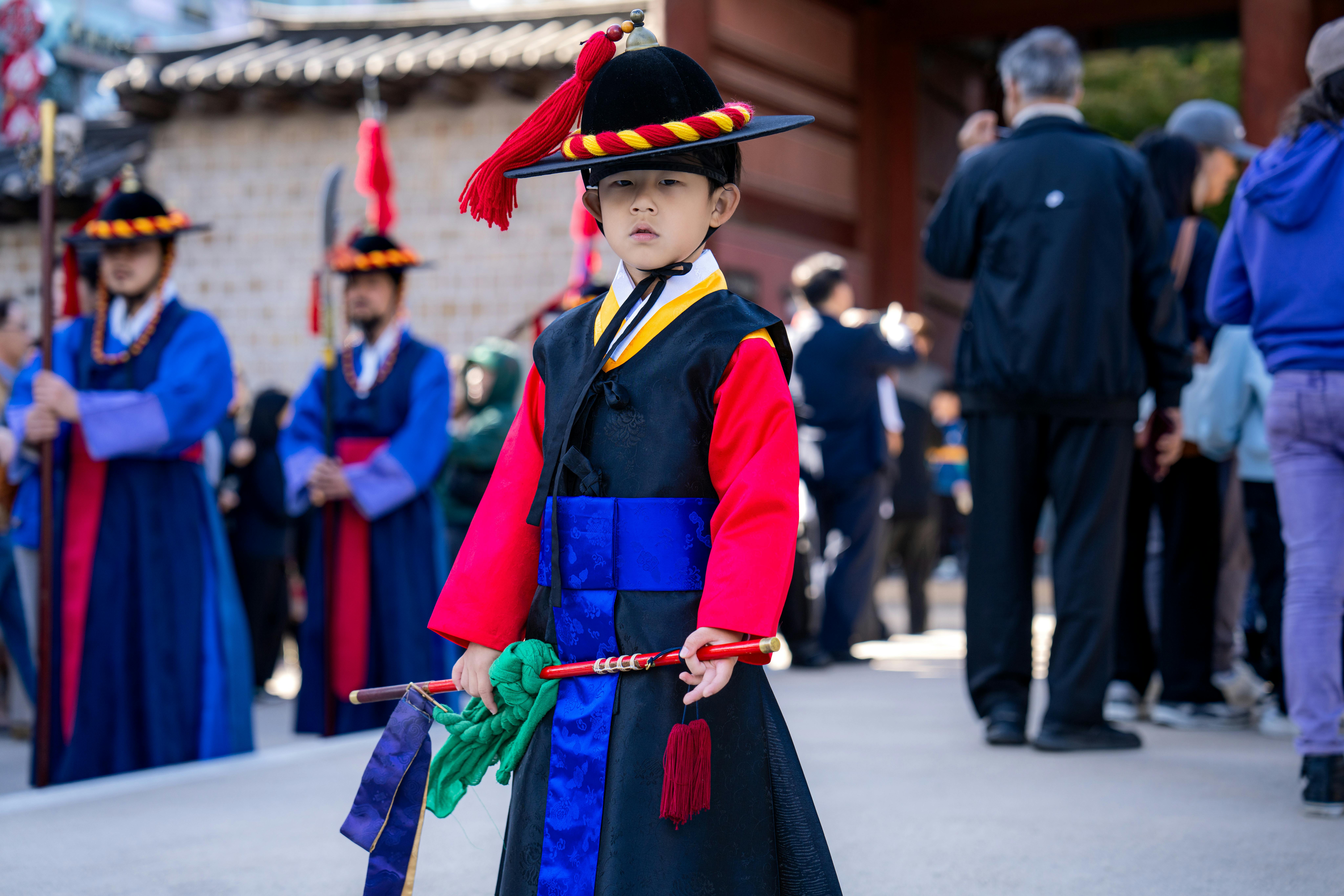
The Hanbok, Korea’s iconic traditional garment, is a symbol of beauty, heritage, and cultural pride. Beyond its elegant lines and vibrant colors, the Hanbok reflects centuries of history and social values. Still worn today during weddings, festivals, and national holidays, it represents the enduring spirit of Korea.
Background & Cultural Context
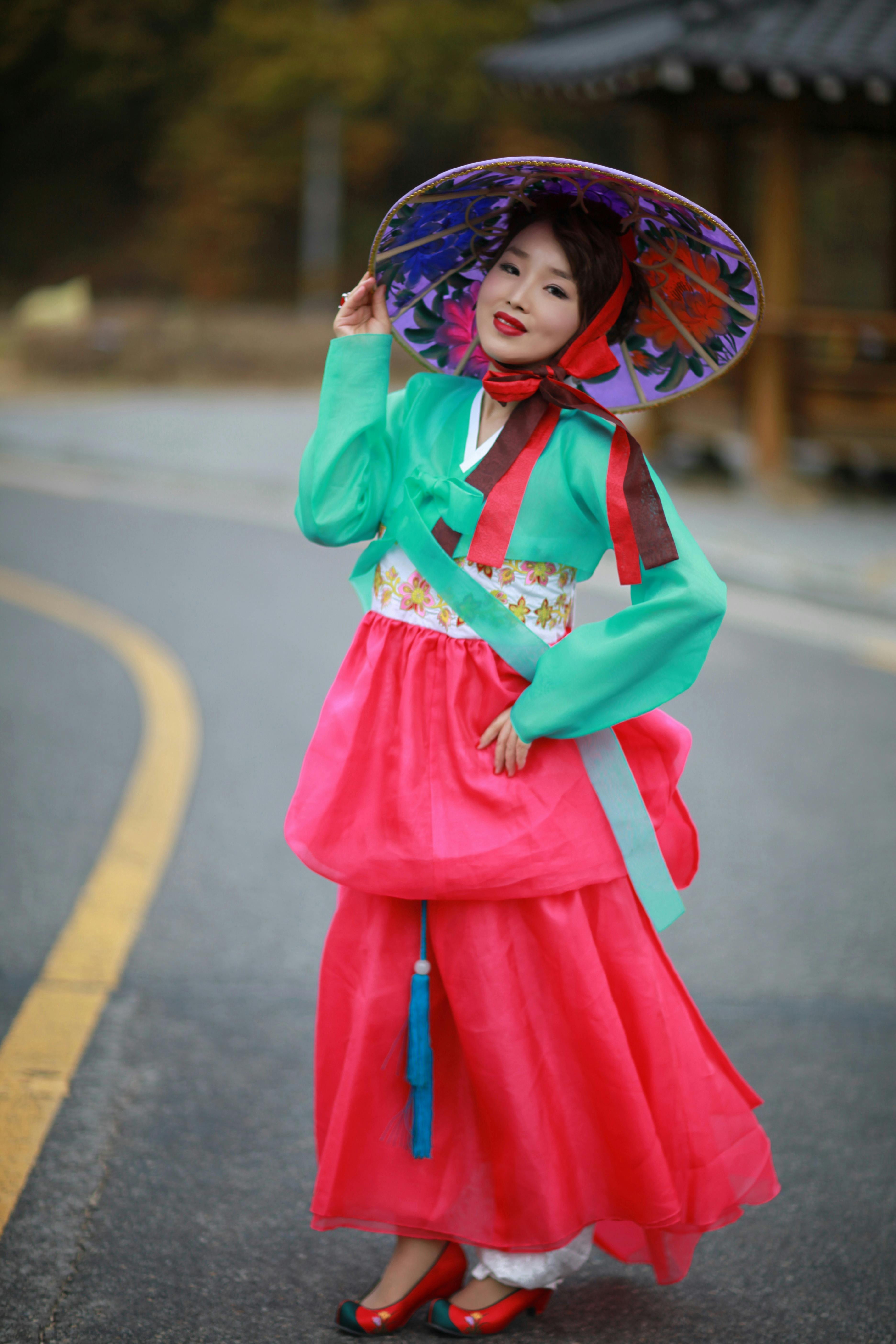
The origins of the Hanbok trace back to the Goguryeo era (37 BC–668 AD). Over centuries, it evolved under influences from China, Mongolia, and Korea’s own textile traditions. The flowing silhouette symbolizes harmony between heaven and earth, while colors and patterns communicate social status, virtues, and blessings.
Key Highlights
| Aspect | Details & Symbolism |
|---|---|
| Fabrics | Silk, cotton, and ramie; chosen based on season and social class. |
| Colors | Red = luck, Blue = loyalty, White = purity, Yellow = royalty, Black = infinity. |
| Design | Clean lines; women’s Hanbok = jeogori (jacket) + chima (skirt), men’s Hanbok = jeogori + baji (pants). |
| Occasions | Weddings, Lunar New Year, Chuseok, graduations, and traditional ceremonies. |
Practical Tips
- Try rentals: Hanbok rental shops in Seoul and Jeonju let tourists wear Hanbok affordably.
- Choose seasonal fabrics: Cotton or ramie for summer, silk blends for winter ceremonies.
- Accessorize: Traditional norigae (ornaments) and hairpins complete the look.
- Confidence: Wearing Hanbok is about posture and pride — walk gracefully and enjoy the attention.
FAQ
Q: What makes Hanbok different from Japanese Kimono or Chinese Hanfu?
A: Hanbok emphasizes flowing lines and vibrant colors, while Kimono has layered straight silhouettes, and Hanfu focuses on wide sleeves and wraps. Each reflects its own culture.
Q: Can Hanbok be worn in modern fashion?
A: Yes! Designers now create “modern Hanbok” that mix traditional elements with contemporary cuts, popular at fashion shows and daily wear.
Q: How do I care for my Hanbok?
A: Avoid machine washing. Dry clean or gently hand wash in cold water, and store it flat with tissue paper to preserve shape.
Q: Is Hanbok only for Koreans?
A: Not at all. Anyone can wear Hanbok respectfully, especially during cultural experiences, festivals, or photo sessions.
Conclusion
Hanbok is more than attire — it is living history. Every fold, stitch, and color carries meaning about Korea’s values and aesthetics. Whether worn at weddings, on holidays, or as modernized fashion, Hanbok continues to inspire pride and admiration worldwide.
Want to dive deeper into Korea?
Visit our YouTube channel and subscribe for thoughtful videos about Korean culture:
https://www.youtube.com/channel/UC5bGr7yGb8eHZsRtgpuTvXA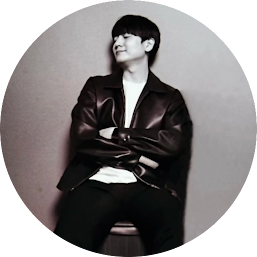


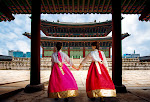
0 Comments